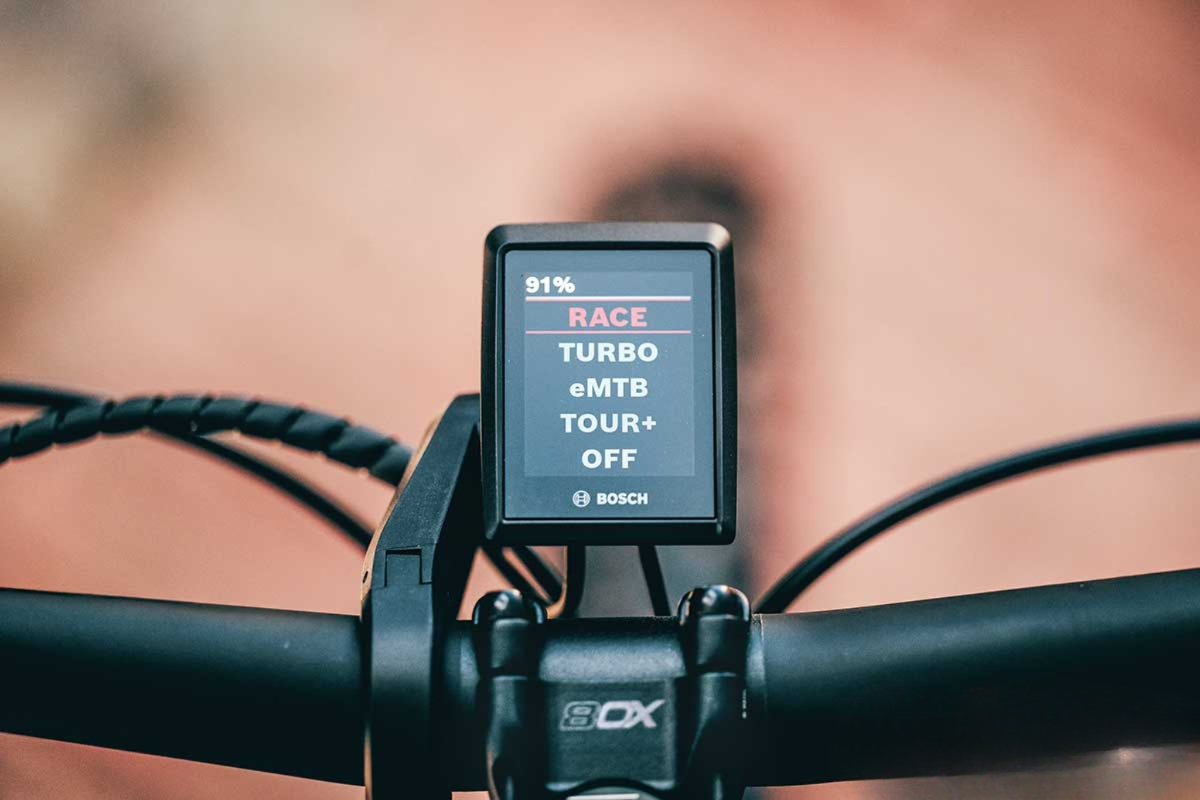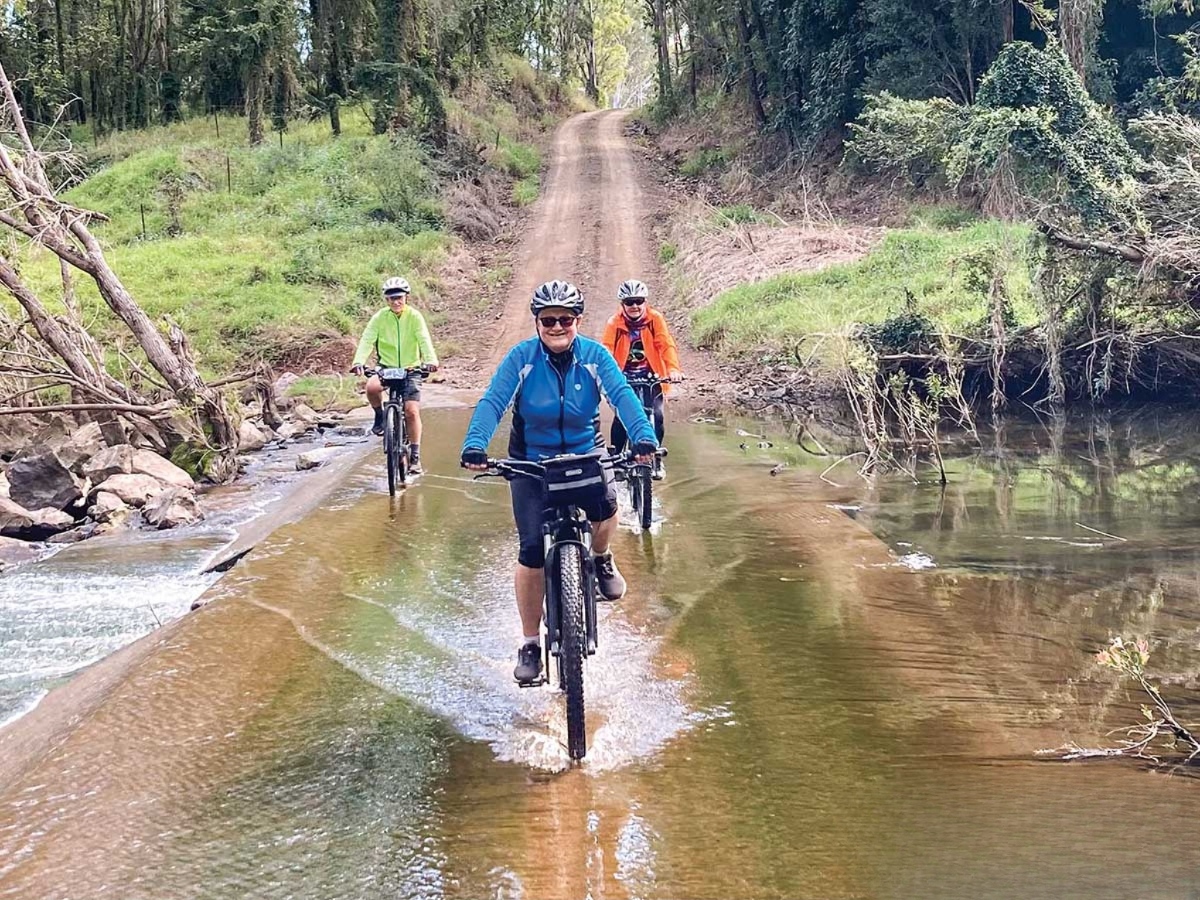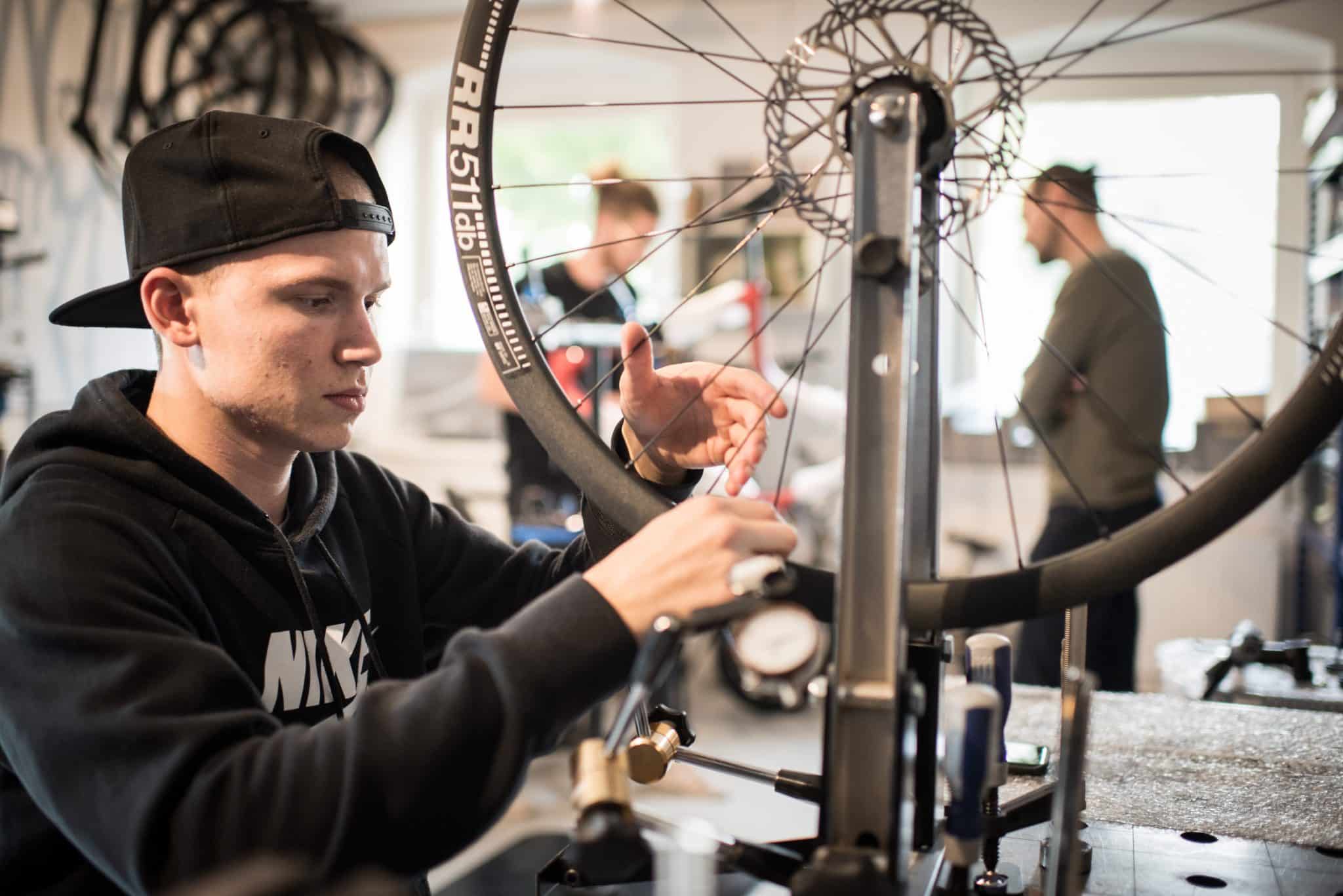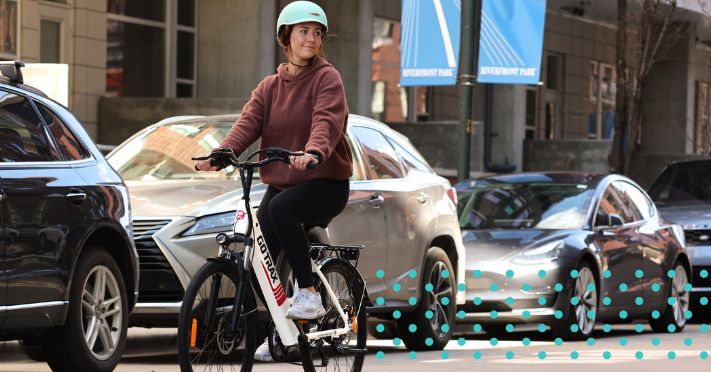In today’s fast-paced yet environmentally-conscious age, many people are looking for an efficient yet sustainable mode of transportation. Electric bikes have emerged as a popular solution to the challenges of urban commuting, offering a unique blend of convenience, eco-friendliness, and health benefits.
Generally, e-bikes serve as a sustainable, cost-effective, and efficient mode of transportation, and as a result, more people are interested in riding one. But before you go out and buy one, it’s vital to understand everything about them, including how to buy and ride an e-bike, the basic parts, and traffic laws, especially if it’s your first time.
Basic Beginner E-Bike Knowledge
With that in mind, here are a few key essentials for e-bike beginners to consider before buying or heading out on an electric bike.
1. Select The Right Electric Bike
Choosing the right electric bike for your needs is a vital first consideration. Nowadays, you have a wide choice of electric bike designs and styles, from mountain bikes to city bikes and folding bikes. If it’s your first time investing in one, consider your needs and preferences, such as intended use, budget range, and specific features like battery capacity, pedal-assist levels, and motor power. Other factors like frame design, suspension systems, and whether the e-bike has integrated lights or fenders are also important to consider.
2. Get Familiar With Essential E-Bike Components
An electric bike comprises several key components, such as the battery, motor, display, and controller. Understanding how they function and how to maintain them ensures your electric bike performs optimally and keeps you safe out on the road or trail. Essential e-bike components to keep in mind include:
- Motor: Electric bikes utilize a hub motor or mid-drive motor. The difference between the two is the location. Hub motors are in the wheel hub, while mid-drive motors are usually mounted close to the pedals. Consider an electric bike with a mid-drive motor if you want a natural feel when pedaling and better weight distribution.
- Battery: The battery powers the motor and is measured in watt-hours (Wh). A battery with a large capacity can provide you with a longer range. Carefully follow the manufacturer’s instructions on charging and storing the batteries.

- Display: Most electric bikes have a display showcasing battery life, pedal-assist levels, and speed. Make sure to know the display functions and how to adjust the settings.
- Controller: The controller regulates the motor’s power output, ensuring you always have a smooth ride. Generally, it integrates with the display and allows you to alter the pedal-assist levels.
3. Learn How To Ride An Electric Bike Properly
An electric bike will likely be heavier than the regular bicycles you’re accustomed to riding. So it’s advisable to practice riding in an open, safe space before entering the traffic. A few aspects to pay close attention to include:
- Starting and Stopping the Electric Bike: A crucial aspect to remember when using an electric bike is its acceleration and braking capabilities. Familiarize yourself with how both work and, specifically, how quickly the e-bike gets going and comes to a stop, to maximize your safety.
- Balancing: Electric bikes are heavier than regular bikes, so it may feel different when you get into the saddle. So make it a priority to practice gaining balance on the bike and get an idea of how it maneuvers in different situations.

- Pedal-Assist Levels: To ensure a smooth ride, you should experiment with varying pedal-assist levels. Doing so lets you understand how the pedal-assist can influence your ride and when to use it.
- Gear Shifting: If you purchased an electric bike with gears, practicing gear shifting helps you maintain a comfortable cadence during your ride.
The more you practice, the quicker you’ll get the hang of riding an electric bike and understand how to get the best out of its components.
4. Know The Traffic Rules
Once you’re on the road, it’s critical to understand the traffic rules and regulations in your state or area. There are specific rules for e-bikes, such as bike lane restrictions, speed limitations, and equipment requirements, but some general principles and guidelines apply in most jurisdictions. Some of the common traffic rules pertaining to electric bikes include:
- E-Bike Classification: Electric bikes are categorized into classes depending on their motor assistance and assisted top speed. The classifications determine where the e-bikes can be used and if specific equipment is necessary:
- Designated Riding Areas: You may be subject to restrictions on where you can ride your electric bike. Class 1 e-bikes are generally allowed on bike lanes or some trails. Class 2 and 3 e-bikes have more restrictions, especially in pedestrian areas.
- Speed Limitations: Local authorities implement speed limits based on each e-bike class. Some areas, such as bike lanes, pedestrian-heavy, or school zones, tend to have specific speed limits.
As you can see, these are the general guidelines. However, the onus is on you to understand your local area’s specific rules, strictly follow them, and ensure a safe riding experience with your e-bike.
5. Maintenance Of Your Electric Bike
Routine electric bike maintenance is key to ensuring optimum performance and longevity. Generally, it involves keeping the chain clean and well-lubricated, inspecting the tire pressure, adjusting the brakes, and keeping your e-bike clean and free of debris and dirt. You should also schedule regular professional tune-ups to deal with complex maintenance needs, especially if you suspect something unusual is happening with the motor.

6. Invest In Safety Gear And Accessories
Safety should always be a priority while on the road, which applies to e-bikes just as vehicles and regular bikes. Investing in e-bike accessories like a well-fitting helmet, reflective clothing, and lights that boost visibility and protection while on the road is vital. Additional accessories to enhance the convenience and functionality of your ride include fenders, locks, and rear racks.
Enhance Your E-Bike Experience
Investing in an electric bike can be a worthwhile move, offering a sustainable, efficient, and enjoyable mode of transportation. For beginners, gaining insight into essential aspects such as choosing the right e-bike, understanding its components, and learning to ride safely ensures a smooth start. With these pointers in mind, you can seamlessly integrate an electric bike into your daily routine, serving as an efficient and eco-friendly mode of transportation in no time.
Discover more e-bike considerations with our guide to why cheap electric bikes can cause problems and the best e-bikes for adults.

